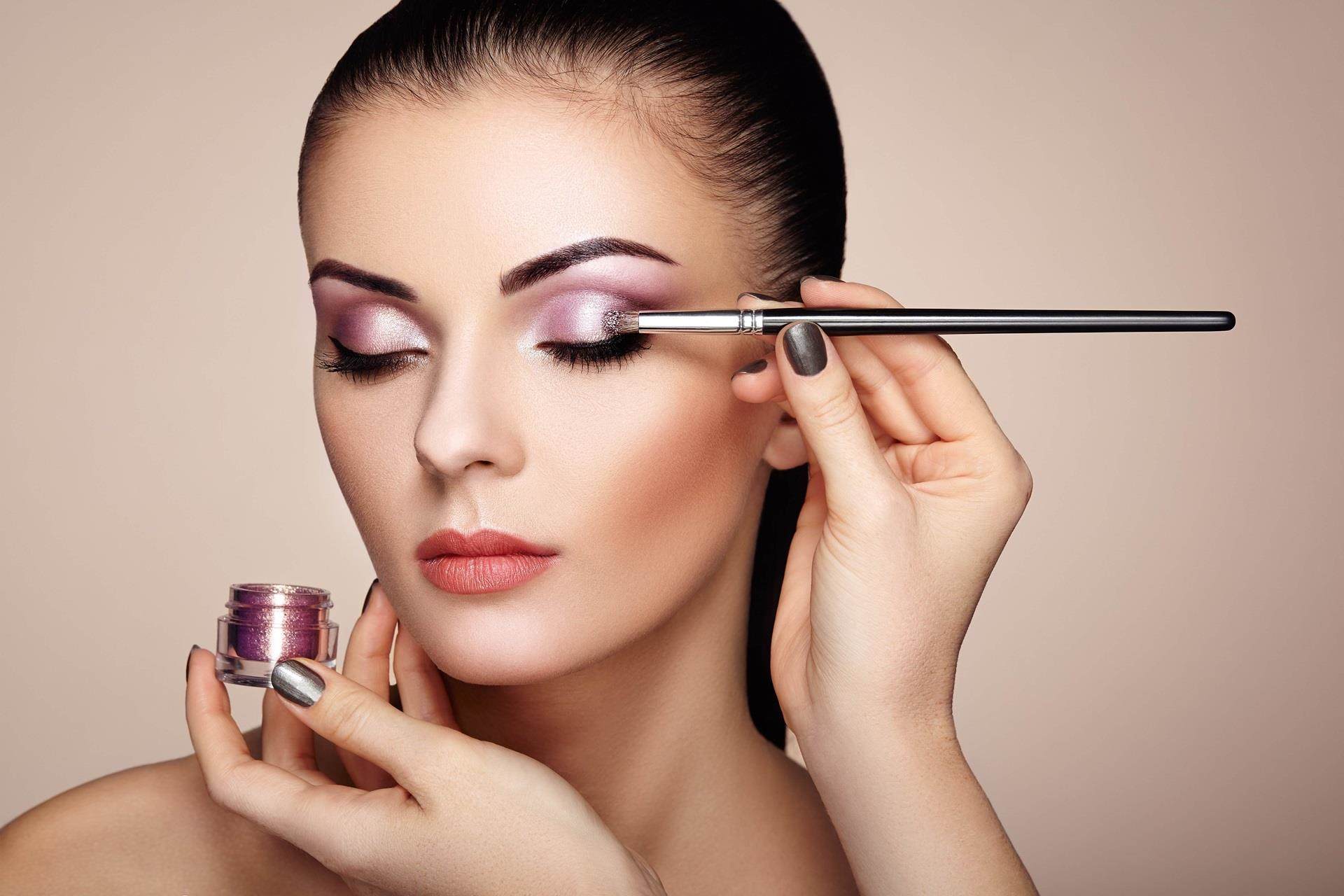Table of Contents
In the ever-evolving beauty industry, OEM (Original Equipment Manufacturer) beauty products have carved out a significant niche, enabling brands to launch customized product lines without the extensive overhead of traditional manufacturing processes. This business model has become increasingly popular among startups and established companies alike, offering a streamlined pathway to expanding product offerings and entering new markets. This article delves into the intricacies of oem beauty products, highlighting their benefits, challenges, and key considerations for businesses looking to venture into this lucrative sector.
Understanding OEM Beauty Products
OEM beauty products are essentially goods produced by one company but branded and sold under another company’s label. This arrangement allows beauty brands to specify everything from product formulation to packaging design, while the manufacturing is handled by a third-party company that specializes in production. The range of OEM beauty products is vast, encompassing skincare, makeup, haircare, and more, offering companies the flexibility to create bespoke solutions tailored to their customers’ needs.
Benefits of OEM Beauty Products
1. Cost-Effectiveness: One of the primary advantages of opting for OEM production is the significant cost savings. Companies can avoid the substantial investments required for setting up manufacturing facilities, procuring raw materials, and hiring specialized staff. Instead, they can leverage the expertise and resources of established manufacturers to produce high-quality beauty products at a fraction of the cost.
2. Speed to Market: With the groundwork of product development being handled by experienced manufacturers, brands can bring products to market much faster. This rapid turnaround is crucial in the beauty industry, where trends can change with the seasons. OEM partnerships allow brands to stay agile, adapting their product lines quickly in response to evolving consumer demands.
3. Access to Expertise: OEM manufacturers often have years of experience and a wealth of knowledge in product formulation and regulatory compliance. Partnering with these manufacturers gives brands access to a level of expertise that can be costly and time-consuming to develop in-house, ensuring that the products are not only innovative but also safe and compliant with industry standards.
4. Focus on Branding and Marketing: By outsourcing production, companies can concentrate their efforts on branding and marketing, which are critical components of success in the competitive beauty market. This focus can lead to more effective promotional strategies and brand development initiatives, driving sales and building customer loyalty.
Challenges and Considerations
While OEM beauty products offer numerous advantages, there are also challenges and considerations that must be addressed:
1. Quality Control: Ensuring consistent product quality can be challenging when production is outsourced. It is crucial to establish clear quality standards and maintain regular communication with the manufacturer to ensure that the products meet the brand’s requirements and customer expectations.
2. Intellectual Property Protection: When working with OEM manufacturers, safeguarding formulas and proprietary information is essential. Brands should secure robust non-disclosure agreements and work with reputable manufacturers who respect intellectual property rights.
3. Regulatory Compliance: Beauty products are heavily regulated, and compliance can vary significantly from one region to another. Brands need to ensure that their OEM partners are well-versed in the regulatory requirements of the markets where the products will be sold.
4. Dependence on Manufacturer: Relying on a third-party manufacturer can pose risks, including potential disruptions in the supply chain. Brands should consider working with multiple manufacturers or having contingency plans in place to mitigate these risks.
How to Choose an OEM Partner
Selecting the right OEM partner is critical to the success of an OEM beauty product venture. Brands should consider several factors when choosing a manufacturer:
- Expertise in the Beauty Industry: Experience and a proven track record in manufacturing beauty products are vital.
- Resource Capability: Assess whether the manufacturer has the capacity and technological capabilities to meet production demands.
- Regulatory Knowledge: Ensure that the manufacturer has expertise in navigating the regulatory landscape of the target markets.
- Reputation and Reliability: Check references and reviews to gauge the manufacturer’s reliability and the quality of their products.
Conclusion
OEM beauty products offer an attractive opportunity for brands to expand and innovate while minimizing risk and investment. By understanding the benefits and challenges associated with OEM manufacturing and carefully selecting the right partners, companies can successfully navigate this complex field. The flexibility and efficiency provided by OEM production can be a game-changer for beauty brands looking to make their mark in a crowded and rapidly changing industry. With careful planning and strategic partnerships, the potential for growth and success in the realm of OEM beauty products is substantial.
